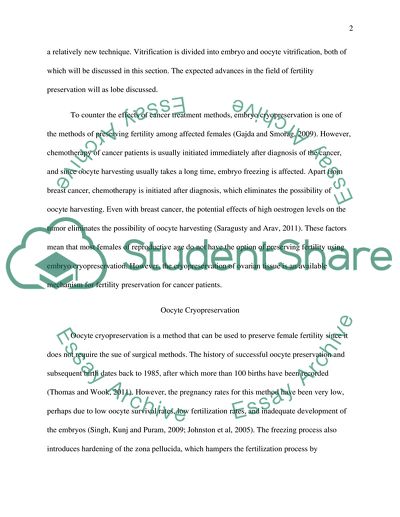Cite this document
(The Advances in Infertility Treatment in the Last 20 Years Research Paper, n.d.)
The Advances in Infertility Treatment in the Last 20 Years Research Paper. Retrieved from https://studentshare.org/medical-science/1764430-discuss-the-advances-in-infertility-treatment-in-the-last-20-years-what-do-you-think-the-next-20-years-will-bring
The Advances in Infertility Treatment in the Last 20 Years Research Paper. Retrieved from https://studentshare.org/medical-science/1764430-discuss-the-advances-in-infertility-treatment-in-the-last-20-years-what-do-you-think-the-next-20-years-will-bring
(The Advances in Infertility Treatment in the Last 20 Years Research Paper)
The Advances in Infertility Treatment in the Last 20 Years Research Paper. https://studentshare.org/medical-science/1764430-discuss-the-advances-in-infertility-treatment-in-the-last-20-years-what-do-you-think-the-next-20-years-will-bring.
The Advances in Infertility Treatment in the Last 20 Years Research Paper. https://studentshare.org/medical-science/1764430-discuss-the-advances-in-infertility-treatment-in-the-last-20-years-what-do-you-think-the-next-20-years-will-bring.
“The Advances in Infertility Treatment in the Last 20 Years Research Paper”, n.d. https://studentshare.org/medical-science/1764430-discuss-the-advances-in-infertility-treatment-in-the-last-20-years-what-do-you-think-the-next-20-years-will-bring.


